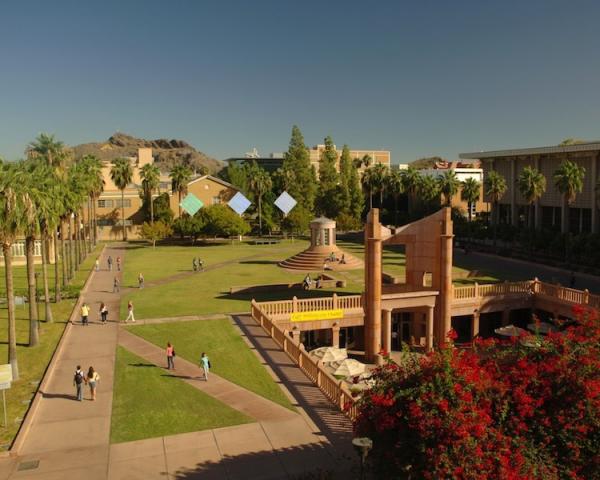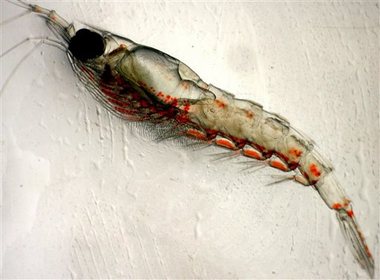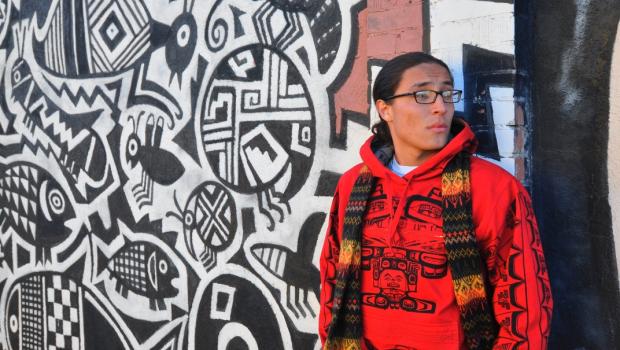Commentary, Jacqueline Keeler, New America Media
On Tuesday, the Supreme Court decided to “save Baby Veronica” by ruling the Indian Child Welfare Act (ICWA) does not protect the parental rights of her Cherokee father, in the case Adoptive Couple v. Baby Girl. I say “save” because that’s what the Capobianco family (the white family that attempted to adopt Veronica from her Hispanic birth mother) implored the public to do on their signs. They wanted us to help them “Save Veronica.” And I, a Native American mother, looked at that sign with a picture of the beautiful, curly-haired, brown-skinned girl, and couldn’t help but ask the logical question: “From what?”
In the Capobianco’s view, Veronica, 3, now in the custody of her biological father (who she has been living with since December 2011) was akin to her being kidnapped by Indian relatives, much like Audrey Hepburn’s adopted Kiowa girl in the original 1960 version of the movie, “The Unforgiven.” Although the title of that movie referred to a white family that adopted an Indian child after slaughtering her family, I can’t help but feel that the role has now been reversed — we, the Indians, are the Unforgiven, simply by virtue of being Indian.
It’s this idea – this “original sin” of being Indian — that is still holds sway, as evidenced by evangelical leader and 700 Club regular Cindy Jacobs’ recent comments on her “God Knows” TV show. In 2013, she advised her viewers: “If you have in your bloodline… Native American blood… you might want to renounce that and repent for the generational iniquity.”
So today, in light of the Supreme Court’s decision, I ask what is this “generational iniquity” and why because I am Indian, do some Americans want to save my children from it. To find an answer I must take a long, hard look at my country and its treatment of Native children.
The Supreme Court in this case was not asked to look at the adoptive parents’ willful defiance of federal law in their attempts to circumvent the adoption procedures of ICWA. The South Carolina Supreme Court had already found the Capobianco’s adoption to be invalid. In bald terms, the invalidation of the adoption means the Capobianco’s kept a Cherokee child a thousand miles away from her biological family in Oklahoma without any legal right to do so. The law was clear — they had to follow the adoption procedure laid out by the Indian Child Welfare Act of 1978, which was passed by Congress to prevent the wholesale removal of Indian children from their families and their tribes.
Instead, Justice Samuel Alito, writing for the majority of the court, repeatedly made comments about the child’s blood quantum, a factor that had no bearing on the case because Veronica’s eligibility for citizenship is determined by the Cherokee Nation, which is a sovereign nation. The implication is that this was an issue of racial identity. Yet, as Justice Sonia Sotomayor pointed out in her dissent, it is the Federal government that requires blood quantum, not tribes. Historically, Native nations had naturalization processes that were just like those of other nations worldwide.
No, Justice Alito’s dismissive comments about Veronica’s blood quantum were useful not as legal analysis but for undermining the true political nature of tribal citizenship. The comment sections of news articles about the decision were filled with incredulous comments about Baby Veronica’s one percent Cherokee blood quantum, equating it with the “one drop rule” from the era of anti-miscegenation laws that barred interracial marriage.
It is obvious we have not made it clear enough to non-native Americans that Tribes are political nation states that predate the United States and still possess jurisdiction over 56 million acres of lands within U.S. borders, and rights to the mineral resources of those lands and substantial rights to the ever more precious water in the West. We are more than simply a “special interest group” or an “out of control” minority group as some American commentators have called us.
When ICWA was passed in 1978, 25-30 percent of all Indian children were routinely being removed from their homes for reasons as minor as having an aunt or uncle living with them or having an outhouse. At that time, my grandparents’ home on the Navajo reservation did not have running water or utilities until 2001. This was common on reservations due to court restrictions on land use and because Tribal lands often do not receive adequate funding for infra projects from the state or the federal government. These were factors my family had no control over. But still, my cousins who lived with my grandparents at that time were at risk of being removed and placed into the homes of non-native families. The wholesale removal of children falls under Article 2 in the Convention on the Prevention and Punishment of the Crime of Genocide: “Forcibly transferring children of the group to another group.” It is an effective tactic used worldwide against unwanted populations because without children, they cease to exist. And indeed, before ICWA there were tribal communities where all the children had been removed.
Today, things have not improved in some states. In 2011, NPR did a 3-part series on South Dakota’s continued massive theft of Native children, entitled “Native Foster Care: Lost Children, Shattered Families,” where it was reported that even though Native children in the state comprised only 15 percent of the child population, they accounted for over 50 percent of all the state’s children in foster care. The report also found that the State of South Dakota was awarded $90,000 in Federal dollars per child for this, while only $9,000 of which went to the child’s actual care and the rest was pocketed by the state, amounting to nearly $100 million over several years.
Featured in the NPR report was a grandmother, Janice Howe, who had her grandchildren taken away by a state social worker, based on false rumors of her daughter using drugs. The family was not reunited until the Crow Creek tribal council issued a resolution demanding the return of her grandchildren and threatened the state with prosecution for abduction. The children were returned within a few weeks with no apologies or reason for the year and half removal from their family. The two eldest were hoarding food, and another was traumatized after being forced to wear soiled underwear on her head during her time in foster care. This story is repeated across the nine reservations in South Dakota, although, most without the happy ending. Former Governor Bill Janklow, said when asked by NPR how important the federal money is to the state, “Incredibly important. I mean, look, we’re a poor state… We’re like North Dakota without oil. We’re like Nebraska without Omaha and Lincoln. We don’t have resources. We don’t have wealth.”
In South Dakota, clearly, ICWA was not being enforced; there was no federal oversight to the massive removal of the tribes’ children. And Indian foster families, which are supposed to be given first placement under ICWA, were being bypassed while nearly 600 children a year were being placed in White foster families.
Obviously, South Dakota’s main motive was money, but what about the Capobianco’s? Why, according to court testimony did they actively seek to circumvent the law and hide her Native American ancestry? And why was their rallying cry, “Save Veronica?” It’s true, Native children do have the highest rates of poverty in the country, but not in Oklahoma. The Brown family appears able to provide Veronica with a beautiful pink bedroom, a loving father, grandparents, and by all accounts, a stable home. So what does she need saving from exactly? There are so many children in greater need even in South Carolina where they live, why secretly transport an Indian child from Oklahoma and falsify documents, keeping her family and the Cherokee Nation in the dark? Once again, I ask, why?
This desire to save the child at the cost of her Native American family, calls to mind the 19th century slogan, “Kill the Indian and Save the Man.” This led to the creation of boarding schools where Native American children were sent to far from home. Many died there and there parents never knew what became of them. Others returned after having been sexually abused at the school broken and seeking solace in the bottle. But, this was still more progressive than another sentiment expressed at the time encapsulated in Colonel Chivington’s orders to his men, “Kill and scalp all, big and little; nits make lice” before the massacre at Sand Creek.
It also makes me think of my mother’s words preparing me for what I might face in this world. She would make a litany of all my relatives who had graduated from college, had successful careers and had done great work for their tribes and families and yes, the United States. And, she told me small lies like “No one in your family is an alcoholic.” She did these things as she buttoned my coat against a cold day and straightened my hair. “Don’t let them tell you Indians are drunks or no good, I’ll tell you who we are.” And that voice, her voice, is still inside of me and it’s what I try, in my own way, to tell my children.
















